“People in the Emirates think differently now, school students dream of going to space, of being a scientist. That’s the real goal.”
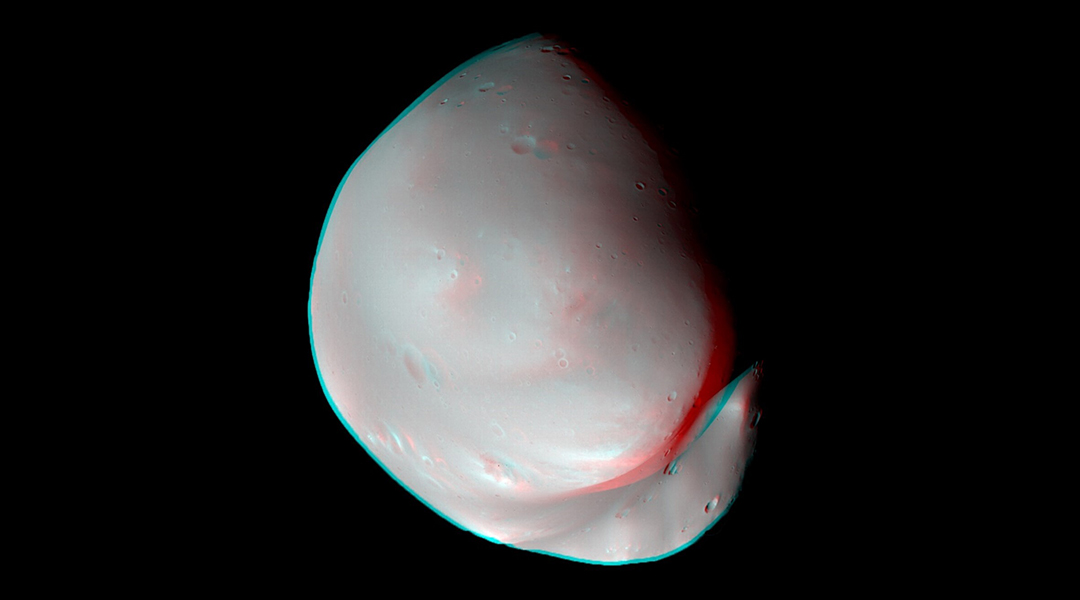


“People in the Emirates think differently now, school students dream of going to space, of being a scientist. That’s the real goal.”
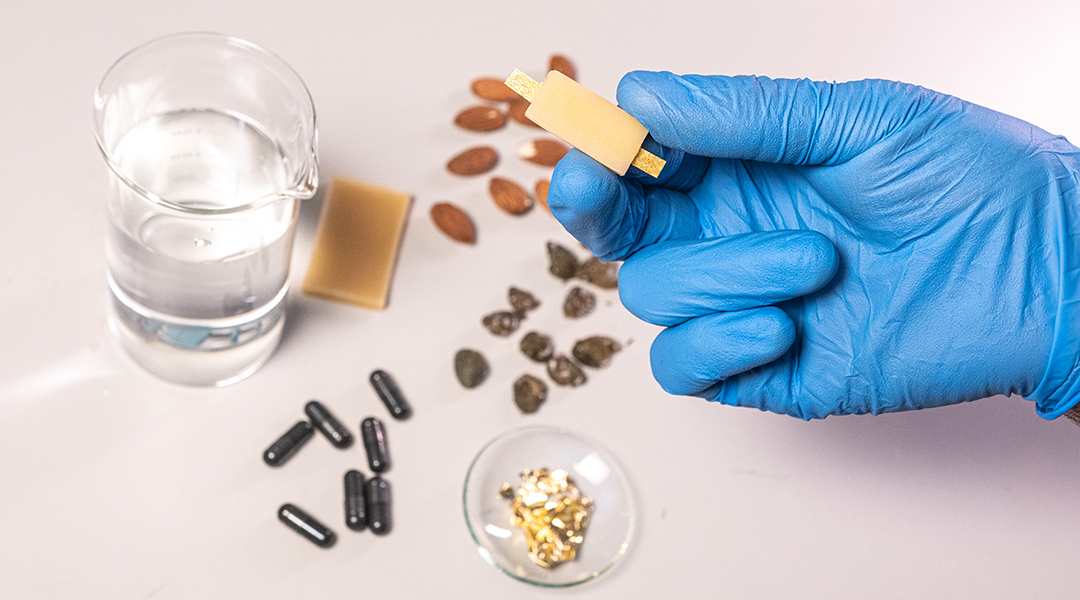
An edible and rechargeable battery to power devices used for GI tract monitoring, therapeutics, and analyzing food quality.
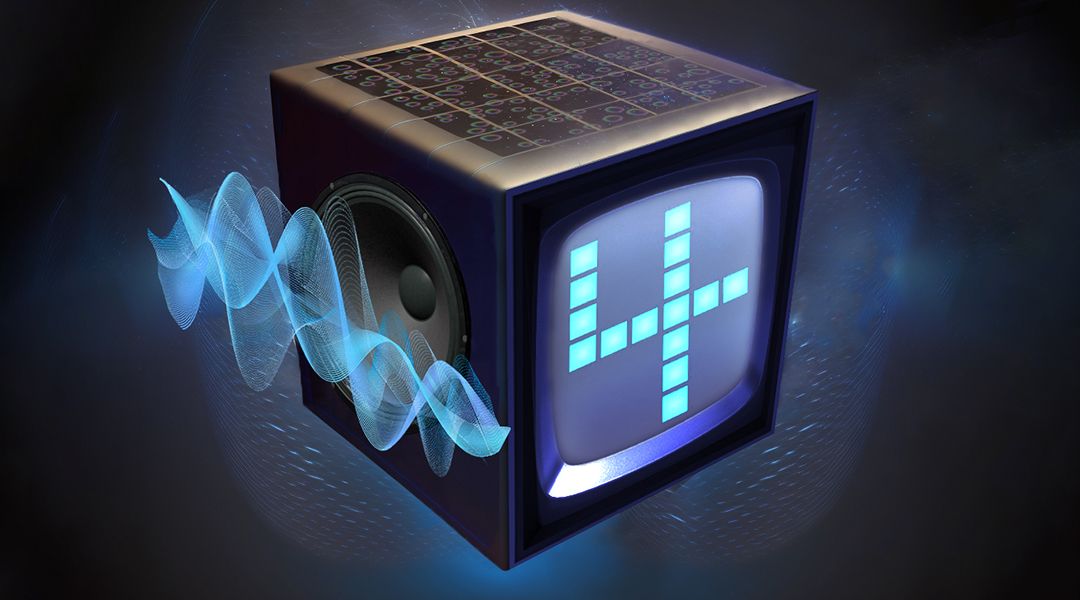
A thin film composed of small magnetic whirls called skyrmions performs voice pattern recognition with an accuracy approaching 99%.

Carbon credits are used by companies and corporations to offset greenhouse gas emissions, but are they simply an aid for greenwashing?

A novel hydrogel component could increase the life cycle of cheap, safe, environmentally friendly, and energy-efficient batteries.
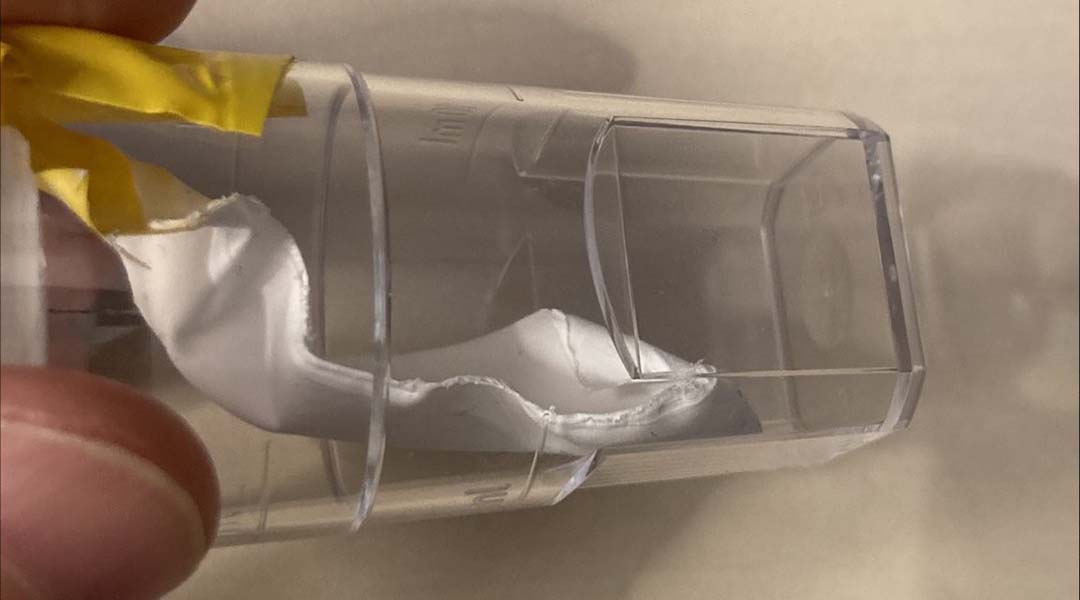
A new triboelectric laminate can convert movement to electricity 400 times more efficiently in wearable and implantable technologies.
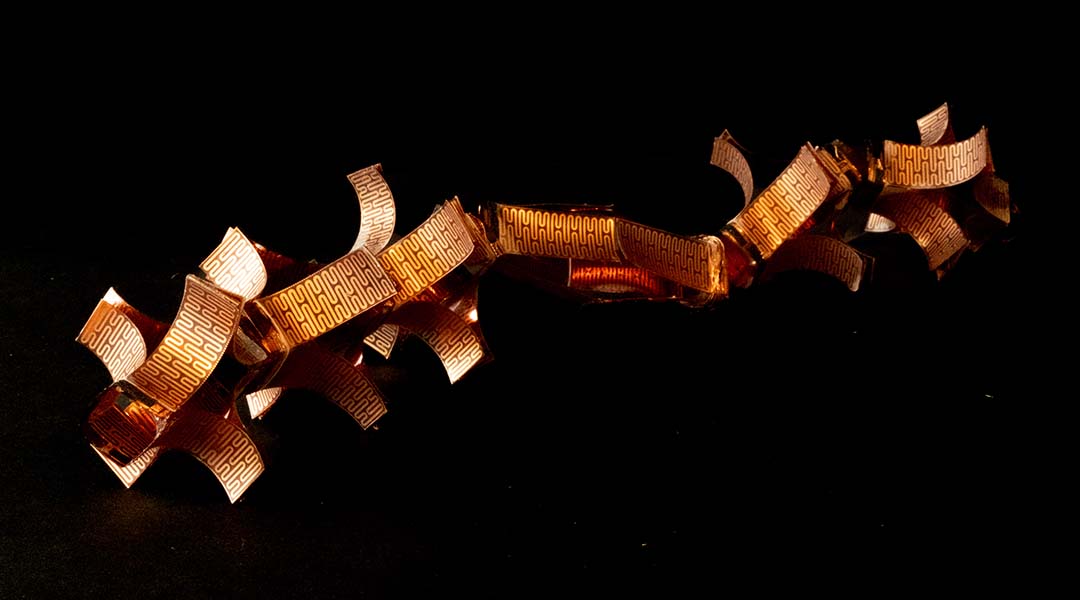
The replacement of rigid parts could help robots more closely mimic the humble worm to help them squeeze into tight spots.

Splitting water with light via photocatalysis to create hydrogen could help reach net zero emission goals if the process can be scaled up.

Astronomers find the “hot Neptune desert” may result from ice-giants migrating away from their parent stars.
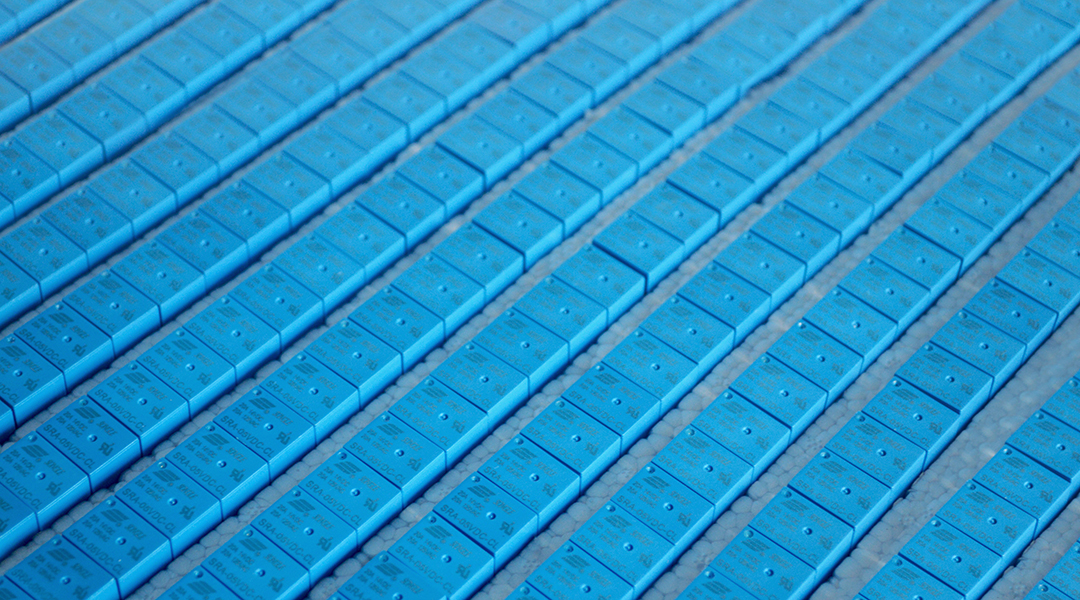
A device brings memory and processing together, helping minimizing errors and avoiding increasing energy demands due to huge amounts of data.